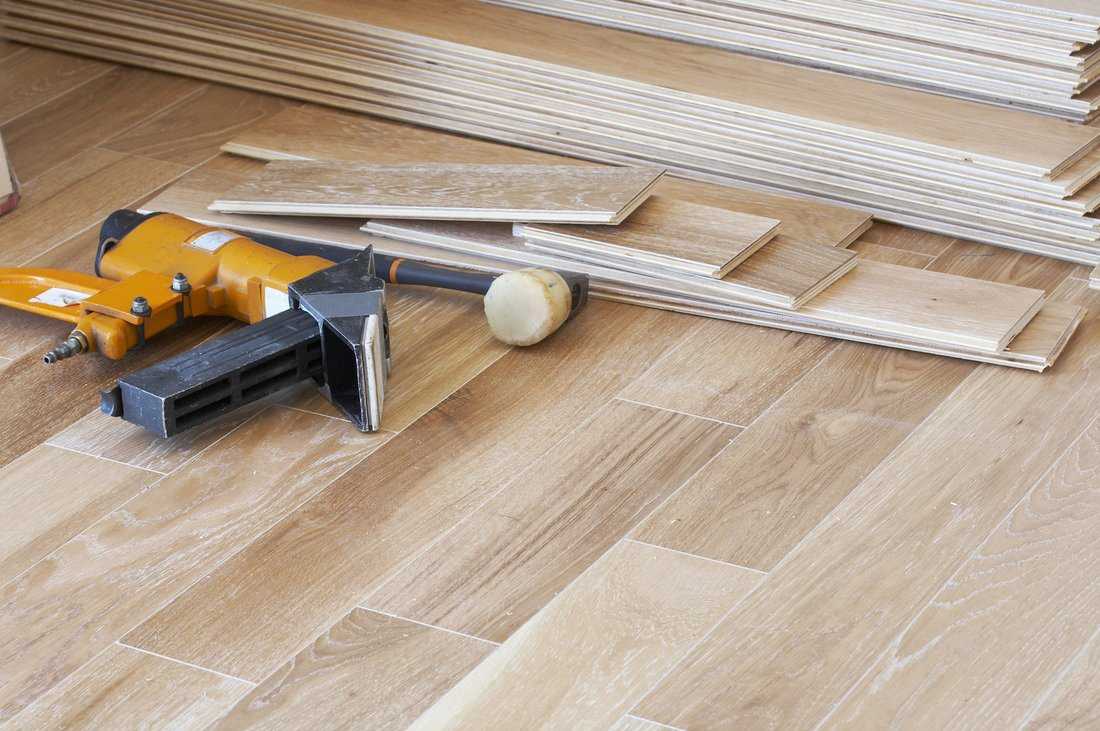
If you find a ceiling leak, there are many steps you can take. First, look through the ceiling for leaks. Next, create a small opening to inspect for damage pipes and seals. If none of these issues are apparent, you might need to repair the roof or gutters. Drywall repair involves replacing damaged drywall with new material. You should also inspect for damaged or missing drywall. Once you've identified the problem you can contact your insurance provider to request a quote for repairs.
Symptoms
You may have a ceiling leak if you notice discoloured or wet patches in your ceiling. You may have water coming from below the ceiling and traveling a long distance before it shows any signs. Mold growth can also happen, which can cause ceilings and wall to turn a dark color. These signs can seem subtle but you should investigate them as soon and as possible. Here are some indicators of ceiling leaks. These steps will help you spot ceiling leaks.
Sagging Ceilings – If you see stains in your walls, around windows and corners, it could be a sign of a ceiling leak. This could be a sign of a continuing water leak and must be addressed immediately. This could cause the stains to spread, which can compromise your home's structure and create a mess. Look out for signs of hidden water damage on walls and ceilings. These signs can indicate a potential leak from the roof, which could cause other problems like damp inside the house.

The causes
You may notice water streaming from your ceiling continuously or intermittently. This is likely due to a leaky roof or pipes. You should shut off the valve to stop water from entering the pipes. While you wait to have a plumber come out, you can make temporary arrangements. If you suspect water is coming from your ceiling, it is important to dry the area well before you attempt to fix the problem.
Your ceiling will begin to show the damage from your roof as a brown or wet footprint. This could lead to a collapsed ceiling that can cause more damage to your home. If you fail to spot a ceiling leak within a reasonable time frame, you can look at other common ceiling leak causes to determine the cause. Below are the most common causes.
Repairs
Ceiling leaks can be easily detected and fixed if you are aware of the signs. You should have the ceiling repaired as soon possible if you notice water spots. If water stains are visible on your ceiling, you should contact a plumber immediately. Water damage to the ceiling can be caused by either a leaking pipe, or from a roof that is above the ceiling. It is possible that the ceiling is suffering from water damage, such as rust-colored stains and watermarks.
For proper repair and diagnosis of the problem, it is essential to find the source of any leak. Large liquid leaks can leave behind water that cannot be completely removed. This water can lead to uneven drying that could create further problems. The task will be easier if you use rags to clean off the ceiling. Furthermore, the dripping of water will allow you to pinpoint the exact spot. Then, you can try to fix the leak with a professional.

Coverage for insurance
There are steps you can take to obtain insurance coverage if you find a ceiling leak following a major storm. First, you must identify the source of the problem. Make temporary repairs if necessary. Keep your receipts. A claims adjuster may be required to meet you. Be prepared to discuss the details of your case. Nationwide provides an online quote tool so you can easily get an estimate.
Although your home insurance policy may be able to cover immediate water damage, it is not able to cover the gradual damage caused over time by toddlers. If the leak was caused faulty appliances, your insurance company may not cover the repair cost. This applies to a leaky ceiling that is caused by an appliance like a fridge or washing machine. Your insurance company will ask you to ensure that your roof is maintained in order to prevent water damage.
FAQ
Why should I hire somebody to help me do this job?
A handyman can save you time and money. Not only does this save you the hassle of hiring someone else, but it also saves you the headache of getting everything right the first time. Plus, when you hire a handyman, he or she has all the necessary equipment and supplies needed to get the job done right.
What's the typical time taken to complete a DIY project like this?
An average DIY project takes between two and four hours. The project's complexity and difficulty will impact the length.
Is there anything I should do before I hire a handyman.
You will want to make sure you hire someone who has experience with your type of project. You'll also want to check references and ask about previous customers. You might also consider including some extra money for unexpected expenses. Also, you'll want to make sure he's insured and licensed.
What are the most popular handyman repairs?
Handymen commonly repair damaged roofs, windows, doors, gutters, siding, decks, fences, sheds, hot water heaters, air conditioning units, and electrical systems. Handymen can assist homeowners who need help building or renovating their homes.
Which is easier: contracting or being a handyman?
Being a handyman requires fewer resources than contracting, as you only need yourself and tools. It is important that you are able to manage your workload and work schedule. Contractors often rely heavily on subcontractors.
Statistics
- More than 20% of homes in America have outdoor living spaces, including decks and patios. (mrhandyman.com)
- According to the U.S. Bureau of Labor Statistics, in May 2020, there are 1,357,630 handymen employed in the U.S.. (angi.com)
- A franchise was approximately $110,000 with a franchise fee of $14,900, according to a spokesperson for a national handyman franchise. (en.wikipedia.org)
- Our handyman services for seniors are provided by professional senior helpers who have been serving the community for over 20 years with 98% customer satisfaction. (cantatahomeservices.org)
- Another estimate was that the market in the United States was $126 billion and was increasing by about 4% annually. (en.wikipedia.org)
External Links
How To
How to replace a damaged tile
Step 1: Remove the old tiles.
Removing the tiles from your flooring is a good idea. These tiles will be useful later on, so you'll need to keep them intact. It's important to note which parts are missing or damaged in order to be able to find the right replacements.
Step 2 - Select New Tiles
Take a look at some different options available for tile replacement.
-
Find a tile that is identical to the one you are removing.
-
You can use the measurements taken when you removed the tile to locate a matching piece. This will allow you to quickly find the right size, without having to measure again.
-
Find colors, patterns textures, sizes and shapes in all possible combinations.
-
Consider what grout you prefer to use. Some people prefer a certain color, others like to mix it up.
-
Make sure the tile you select is resistant to moisture.
-
Consider the location of your tile. You can save both time and money by making sure that there is enough room for proper installation.
-
Once you've picked your tile, place an order online or call your local Lowe's location to place it.
Step 3 – Install the new tiles.
Use the same method as before to install your new tiles. It's important to align them correctly in order for them to fit together.
Step 4 -- Clean Up
Be sure to sweep up all debris from the floor before applying the final protective layer.
This will prevent dust and dirt from building up between the tiles.
Step 5 - Sand the Floor
Clean everything and sand the floor.
Step 6 -- Finish Off
Apply the protective coatings once the floor is smooth. It is important to wait before you apply the protective coatings.
For stain protection, you can always use a product called "damp&dry" to clean your floors.
It won't solve every problem after your tiles are installed. You might want to add an anti-slip coating to the protective layer if there are a lot of children.
Last but not least, be sure to leave the protective sealing on for several weeks before you return to your home.